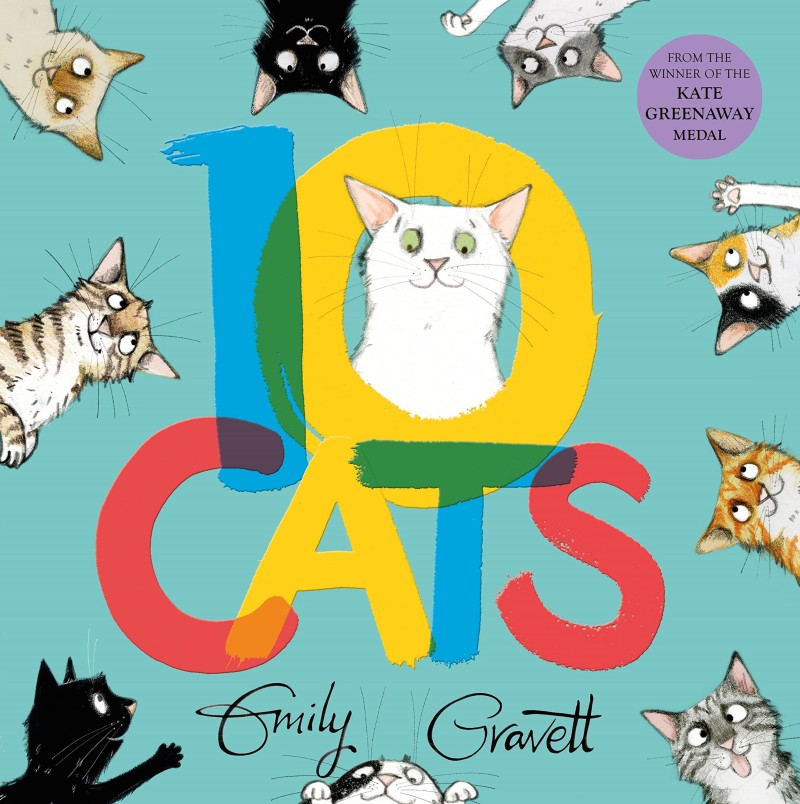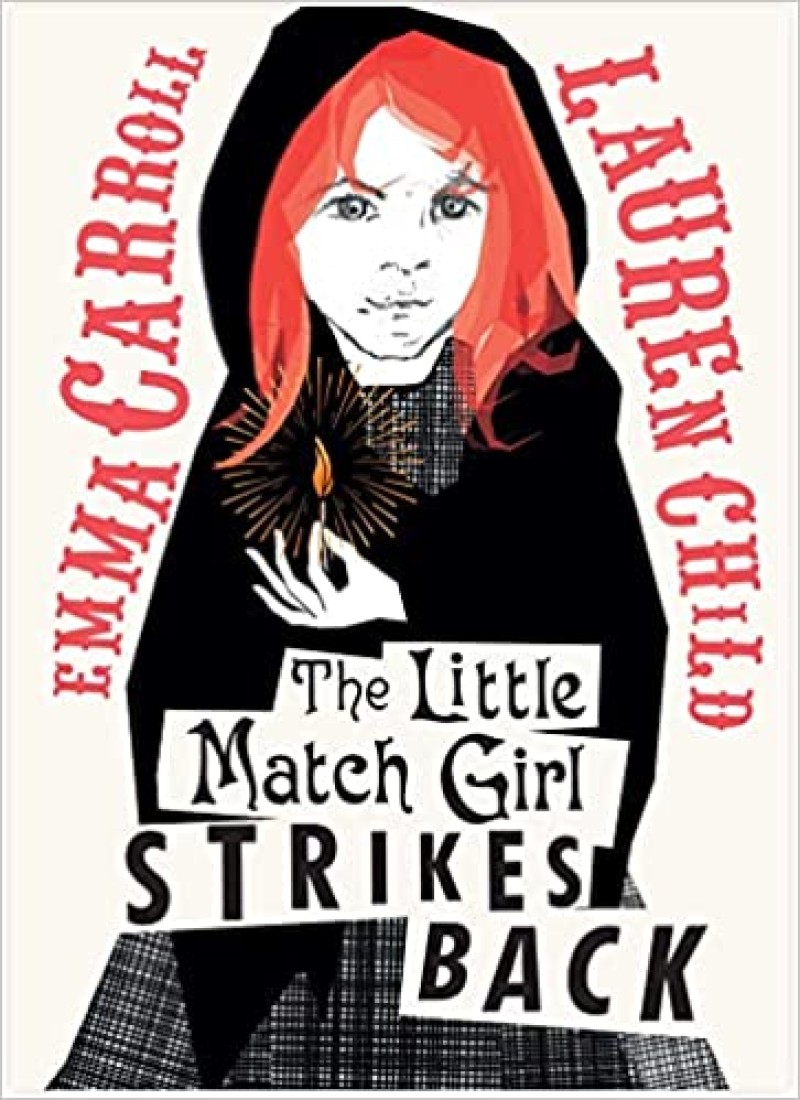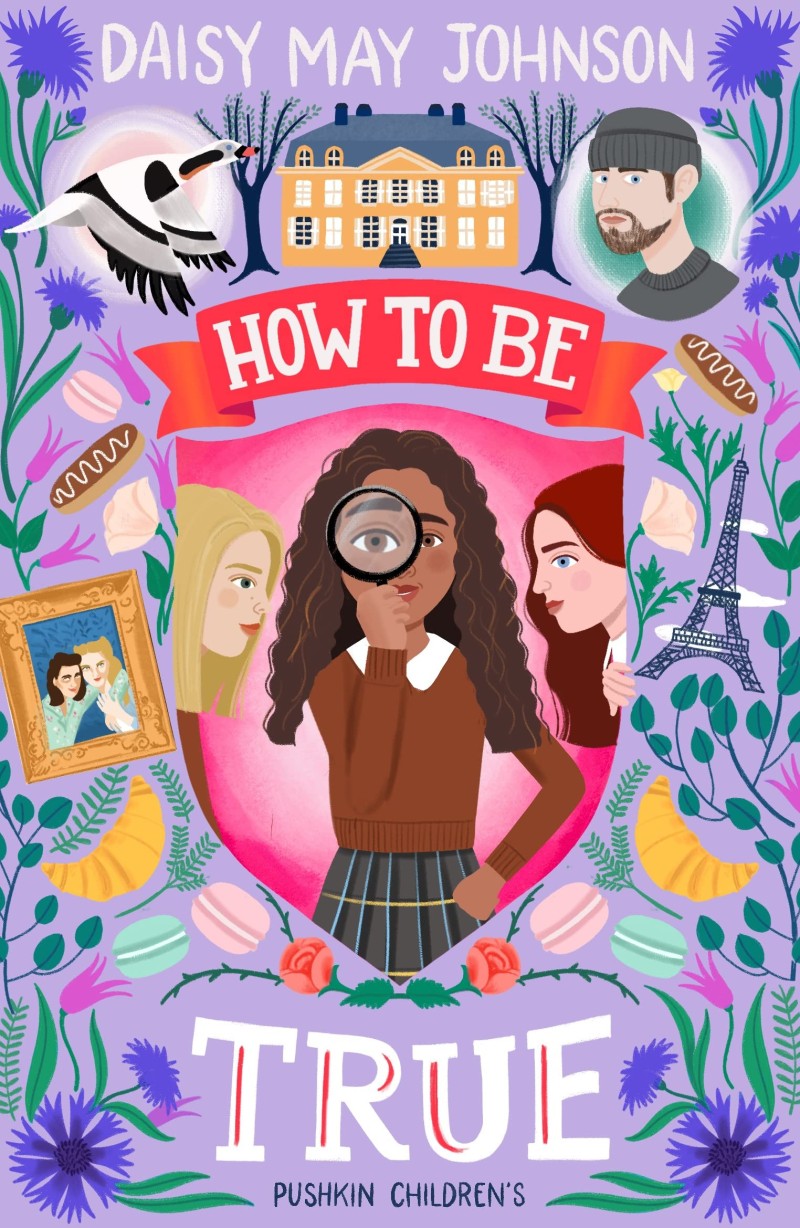Posted on: 31/08/2022
Economic, political and environmental instability is adding stress to a global society that has felt under pressure for some time now. Many of us are mentally and emotionally depleted following the Covid-19 pandemic and some now face poverty on an unprecedented scale. Fuel and energy bills have already sky-rocketed and with the energy price-cap due to leap by as much as a predicted 84% in October, children are likely to be aware of the pressures parents and carers are facing. There have been rail strikes; mail strikes; fuel and other shortages and much talk of a global depression with the soaring inflation and stagnant pay levels. Children might feel too little and too insignificant to help support others through these uncertain times but when we can use literature to help our children and young people see that other youngsters can make a difference, it can help them feel emboldened and empowered to stand up. To quote Tim Minchin’s lyric from his musical, Matilda, ‘even if you’re little you can do a lot.’ N’er was a truer word spoken! And so boldly we go into the new school year, steadying ourselves ahead of any adversity to come, and armed with books embodying themes of protests; proclamations; putting your point across and – for some light relief – paws!
10 Cats by Emily Gravett (Two Hoots, 4th August 2022)
In this new picture book by Emily Gravett, whose story-telling and illustrative style has always been a firm-favourite of ours, the animated expressions captured upon the faces of the 10 cats on the front cover will entice any would-be readers. They seem to be looking impishly at one another, possibly plotting mischief-making. Turn the page and we’re introduced to ten cats: 9 that appear to be kittens and one pure-white cat, at least three times as big as the others. But in echo of the suffragette movement’s slogan, purportedly devised when the peaceful, non-action-based campaigning had failed to make headway, Deeds not Words, the captions are simple, yet the illustrations really ‘speak’. There is depth alongside playfulness to this picture book. There are opportunities to teach about colour names and colour-mixing; opportunities for developing children’s maths, specifically around one-to-one correspondence and number bonds and a whole lot of fun to be had with these naughty kitties! A lovely book for children in EYFS.


The Little Matchgirl Strikes Back by Emma Carroll and Lauren Child (Simon and Schuster Children’s, 15th September 2022)
As elegant as it is stark, this is a stunning reimagining of a well-known story steeped in the history around the suffragette movement. And in that incredible way that Emma Carroll has, she immerses us into another era, captivating the reader with the sheer grit of a fearless protagonist who really doesn't have a very easy life at all. Bridie (with her hair and soul of flame) and her brother – 6-year-old Fergal – live in London with their mother and all of them are in the match-trade: mam as a ‘dipper’, exhibiting the debilitating symptoms of ‘phossy jaw’; Fergal often skipping school in order to help support the little family by making match boxes and Bridie selling. And her sales ‘patter’ is quite something to behold: she promises matches that, one struck, will transport the bearer into a peaceful forest away from the hustle and bustle of the city; matches with flames that when gazed into will make a customer’s wishes comes true. But one day, determined to make extra money to buy a delicious-looking goose from the butchers for that evening’s supper, Bridie sells out. Going to the factory of ‘nightmares’ to collect more wares, she learns of a rival: a match-boy is selling on her patch, taking her customers. Making chase does not, however, pay off and so begins a series of difficulties to overcome in an already difficult life. But then, staring into the flame of a lit match, not really believing her own ‘banter’ she idly makes a wish and is suddenly transformed: her once bare feet are sporting boots; her old skirt has been replaced by a fine silk one and suddenly the evening has taken a bit of a turn. Three wishes later, having experienced a vision of what life could be like for her, her mother and her brother, if only the greed of Mr Bryant and other factory owners was challenged and workers’ rights were established, Bridie is galvanised into action: she – together with her new-found ally, Annie, will protest against the Bryant and May factory. This reimagined classic is astonishingly good and the collaboration between the two story-tellers, Emma Carroll and Lauren Child, makes this a powerful beacon of feminism for women who refused to be silenced! Perfect for a KS2 class studying the industrial revolution or the Victorians and would also nicely complement the use of our upper key stage 2 planning sequence for ‘Suffragette – the battle for equality’ by David Roberts.
How to be True by Daisy May Johnson (Pushkin Children’s Books, 7th July 2022)
This follow-up novel to Daisy May Johnson’s How to be Brave, is narrated by the headmistress of The Good Sisters convent school in Paris: Good Sister June. Marianne – filled with a sadness that refuses to shift ever since her family have had to move to Paris – finds solace within ‘A small and revolutionary plant shop’. The shop, which is owned by Madame Clement, is the beating heart of the community seeing as its owner uses her space not just for literal growth of plants and produce but also as a safe space for single mothers to bring their children; revolutionaries to hold meetings; a sanctuary for the homeless and a storage facility for street-artists. And seeing this acceptance of others allows Marianne to feel as if she, too, belongs: Every single second that Marianne spent with Madame Clement felt like a gift. Some years later, Marianne is bequeathed that extremely special plant shop and this is where she meets kindred spirit, Jean-Claude. Having fallen in love, their daughter Edie arrives. Edie grows to be feisty yet level-headed and with a passion for doing the right thing. At odds with her great-grandmother Odette, who doesn't much like how Edie walks or talks or – seemingly – thinks, they are thrown together when Marianne and Jean-Claude leave to support activist movements in far-flung, dangerous territory and it is here where the adventure begins…
And to circle back to the message that children and young people can make their voices heard and stand up for their own and others’ rights. Madame Clement – owner of that small and revolutionary plant shop gives sage advice:
“It’s not that you have to make all of it better,” said Madame Clement, … “But you should try to make your little bit of it better. If everyone does that for their little bits of the world, then just imagine what happens when all those little bits come together.”
Full of advice, love, fearless feminists and countless other empowering messages – and told through a series of humorous side-notes and reflections – this call to all to take courage is the perfect novel for children in upper key stage 2.

Posted in: Literature Review